Description
Glicyna (E640)
It is mild and sweet in taste and counteracts the saccharin aftertaste. Aminoethanoic acid is a component of some solutions used in the analysis of proteins by SDS-PAGE. It serves as a buffering agent that maintains pH and prevents damage to the sample during electrophoresis.
This component is sensitive to antibiotics that target folates, and blood glycine levels drop within a minute of antibiotic administration. Some antibiotics can break down more than 90% of glycine within minutes of administration.
| Physical Characteristics | Value |
|---|---|
| Molecular weight | 75.07 |
| Melting point | 245°C (with decomposition) |
| pK1 | 2.34 |
| pK2 | 9.60 |
| Isoelectric point | 5.97 |
| pH of 1 molar solution | 6.06 |
| Solubility in 100 ml water | 25 g at 25°C 39.1 g at 50°C 54.4 g at 75°C 67.2 g at 100°C |
| Solubility in 100 g of absolute ethanol | 0.06 g at 25°C |
The shelf life of glycine is 24 months when stored in a closed container at a temperature below 37°C.
In medicine, glycine is used in intravenous injections, but in this case, mainly higher-quality glycine is used – pharmaceutical glycine. Technical-grade glycine is used, for example, as a metal production agent.
Glycine is also commonly used in infusions and in food chemistry as a flavoring or preservative. It is also added to animal feed in the form of copper (II) glycinate.
It is used in the production of chemicals, including pesticides and herbicides, as a precursor in the synthesis of various compounds. In the metallurgical industry, it is used as an auxiliary agent in the production of metals. Additionally, it is used in the textile industry and in the production of polymers, where it serves as an important component in chemical processes.

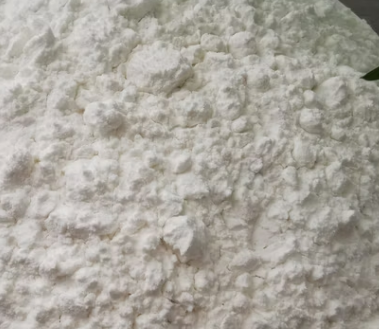
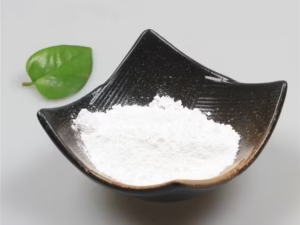
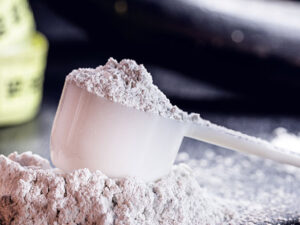
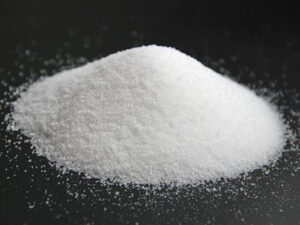
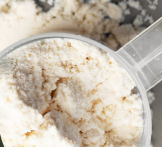









Reviews
There are no reviews yet.